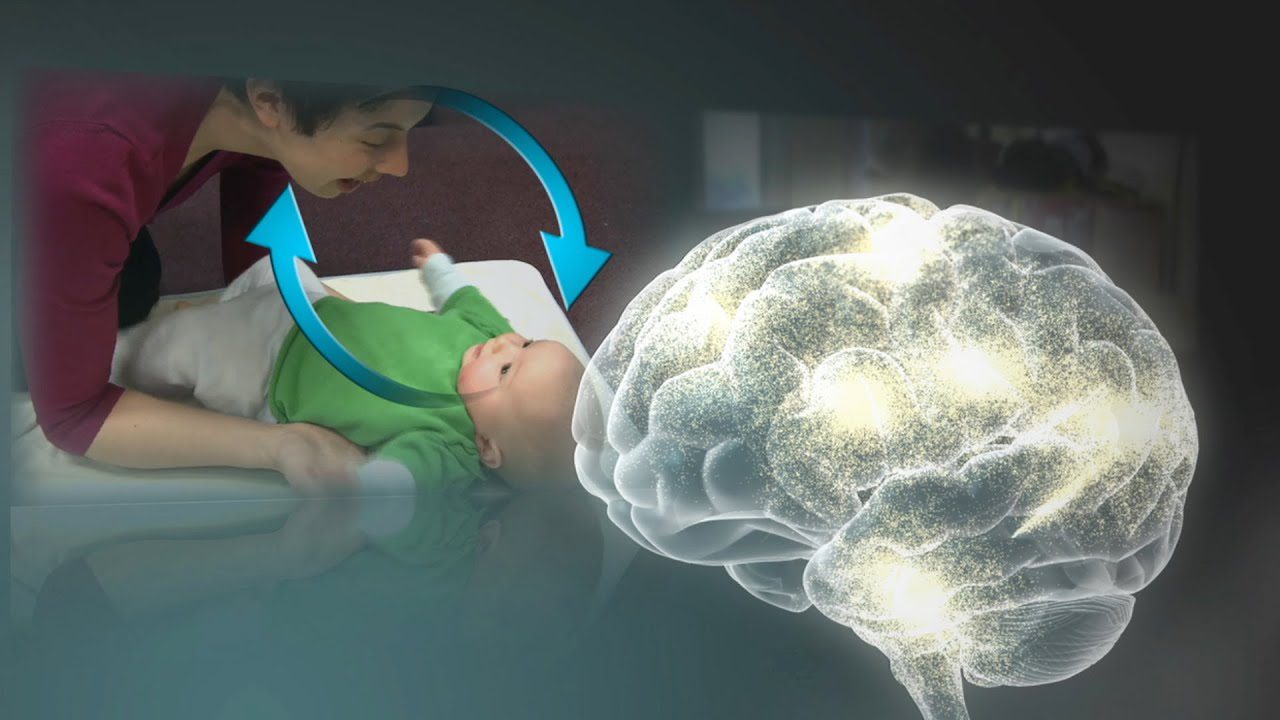2. Serve & Return Interaction Shapes Brain Circuitry
One of the most essential experiences in shaping the architecture of the developing brain is “serve and return” interaction between children and significant adults in their lives. Young children naturally reach out for interaction through babbling, facial expressions, and gestures, and adults respond with the same kind of vocalizing and gesturing back at them. This back-and-forth process is fundamental to the wiring of the brain, especially in the earliest years.
This video is part two of a three-part series titled “Three Core Concepts in Early Development” from the Center and the National Scientific Council on the Developing Child. The series depicts how advances in neuroscience, molecular biology, and genomics now give us a much better understanding of how early experiences are built into our bodies and brains, for better or for worse. Healthy development in the early years provides the building blocks for educational achievement, economic productivity, responsible citizenship, lifelong health, strong communities, and successful parenting of the next generation.
Also from the “Three Core Concepts in Early Development” Series
1. Experiences Build Brain Architecture: http://youtu.be/VNNsN9IJkws
3. Toxic Stress Derails Healthy Development: http://youtu.be/rVwFkcOZHJw
For more information, please visit: http://developingchild.harvard.edu/resources/multimedia/videos/three_core_concepts/












